If you use your wood-burning fireplace, the chimney is going to collect its fair share of creosote and soot. There’s nothing you can do about that. But there is something you can do about how much buildup is added to the chimney each burning season.
The reason this is important is because creosote is highly flammable and is the cause of most chimney fires each year in the United States. You should schedule annual service from a certified professional to do the bulk of the cleaning, but you also can do your part to help keep your chimney clean between chimney sweep visits.
 First thing to know: smoke = creosote
First thing to know: smoke = creosote
Creosote is formed when wood smoke condenses in a chimney flue. Although the process can be a little scientific, the simple way to see it is: the more smoke, the more creosote.
If you’ve run a fireplace for any length of time, you’ve probably noticed that sometimes wood can burn and produce minimal smoke, while other times a huge amount of smoke comes off the fire. Your goal is to burn fires that produce as little smoke as possible. Here are three ways to do it.
Burn only dry (seasoned) wood
Recently harvested logs still contain considerable moisture, which makes considerable smoke when burned. Logs that have been allowed to dry for six months or more will not produce huge amounts of smoke.
Additionally, hardwoods like walnut, oak, sycamore and ash burn hotter and usually aren’t as smoky as softwoods like pine, redwood, juniper and fir.
Ensure a proper draft (air flow)
For wood to burn efficiently, it needs the right amount of oxygen. Air flow is what allows for intense burns with minimal amounts of the wood left unburned and less smoke created in the process.
Elements that will affect how much air gets to your fireplace fires include:
Air-tight house: If little or no air can flow into your home, little or no air flow is going to be available for your fire. If you suspect this is the case, crack a window or two when using the fireplace.
Faulty damper: The damper that sits above the firebox is there to regulate air flow. If it’s rusted or damaged and can’t fully open, you may not be bringing enough air into your firebox. Have the damper inspected and either repaired or replaced.
Obstructed flue: Leaves, twigs and other tree debris along with the nests of squirrels, birds and other small animals can create a major air-flow obstruction inside a chimney. A proper chimney cap will block these obstructions, so if you have no cap, get one installed. To have obstructions cleaned out, make an appointment with a professional chimney sweep.
 Never burn anything except actual firewood in your fireplace
Never burn anything except actual firewood in your fireplace
While firewood does produce some smoke that leads to the formation of creosote, it doesn’t produce nearly as much as items such as painted wood, pressed board, cardboard, clothing, plastics and paper products.
It is never advisable to use anything other than tree logs as fuel in a wood fireplace, stove or insert. Aside from excess smoke, these materials can produce fumes that are full of dangerous (and possibly deadly) toxins that should not be inhaled by people or pets.
By following these guidelines, you’ll be helping to keep your chimney clean and efficient between visits from your chimney sweep.
Need help with chimney issues? High’s Chimney Service of Gaithersburg, MD, provides certified chimney sweep, chimney inspection and chimney repair services to ensure the safety and integrity of your chimney/fireplace system. Get your questions answered or schedule an appointment by calling (301) 519-3500.
The post 3 Ways to Keep Your Chimney Clean & Safe Between Chimney Sweep Visits appeared first on Highs Chimney.

Whatever patch job he was attempting was going to have to be redone because his didn’t work.

Once its repaired, get the bricks and mortar coated with a waterproofing agent called Chimney Saver. It prevents water absorption and water penetrating the bricks. If you’ve made the investment in the repair, the one step further will ensure a long-lasting repair and slow down the deterioration process.
 First thing to know: smoke = creosote
First thing to know: smoke = creosote Never burn anything except actual firewood in your fireplace
Never burn anything except actual firewood in your fireplace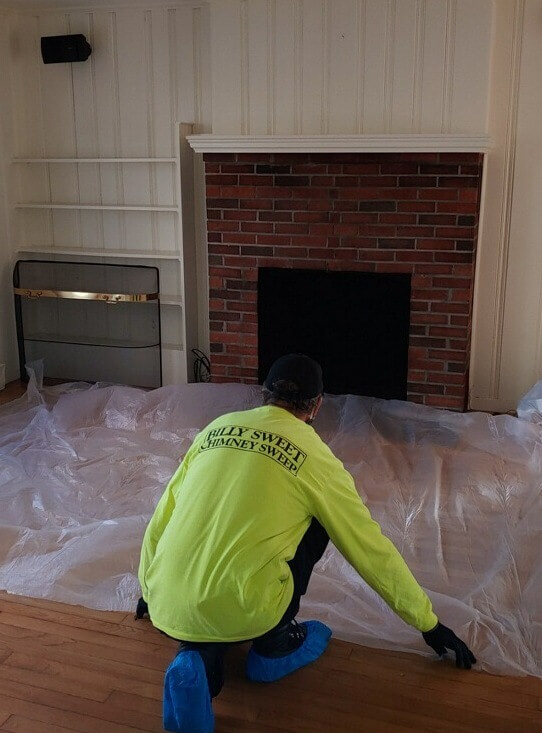
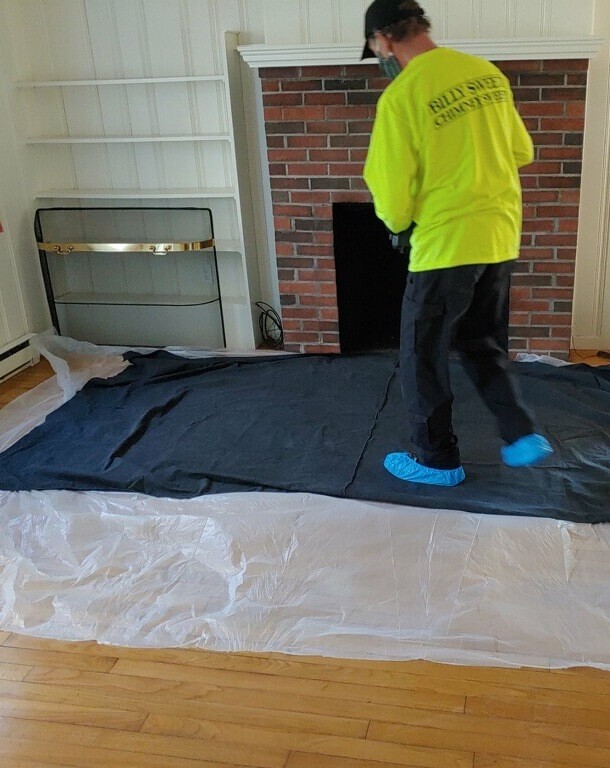
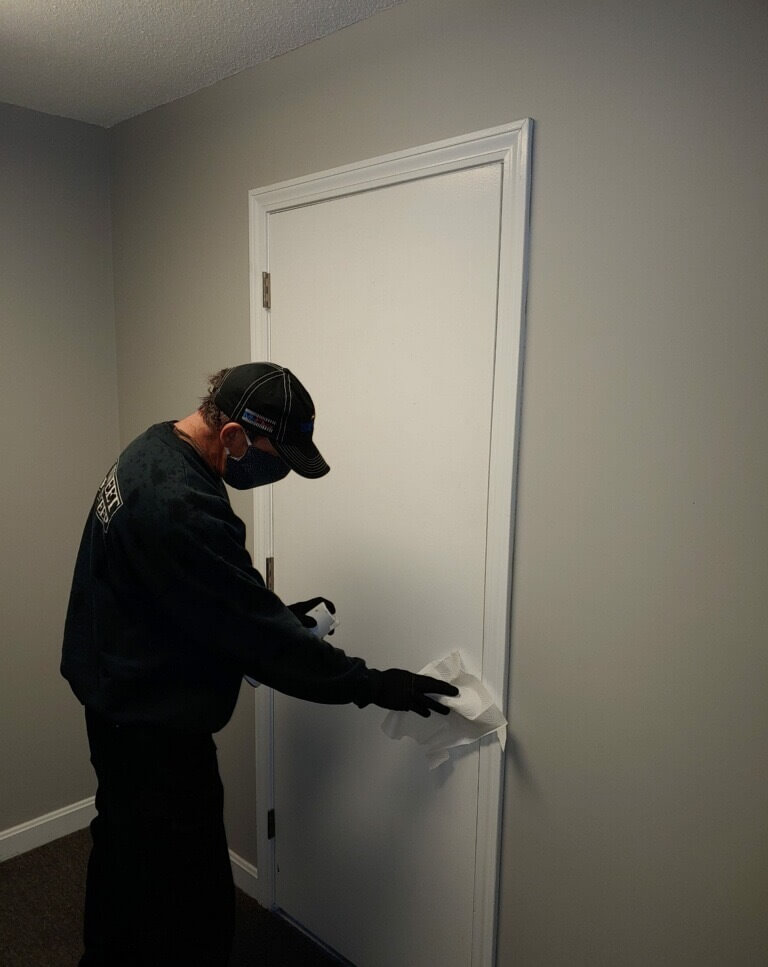
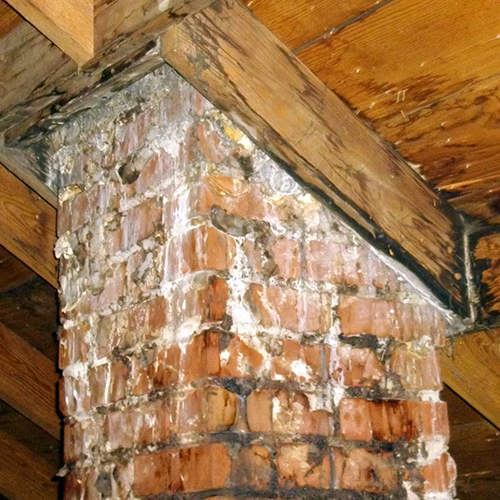
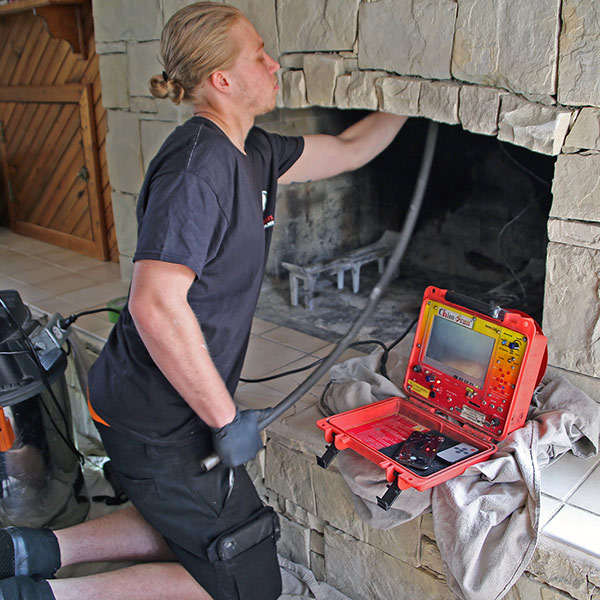 Has it been more than a year since your last chimney sweep visit?
Has it been more than a year since your last chimney sweep visit?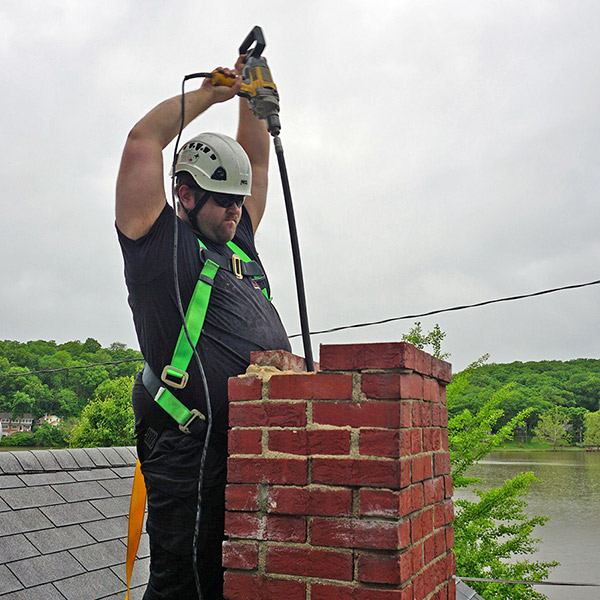 Minimize Fire Risk
Minimize Fire Risk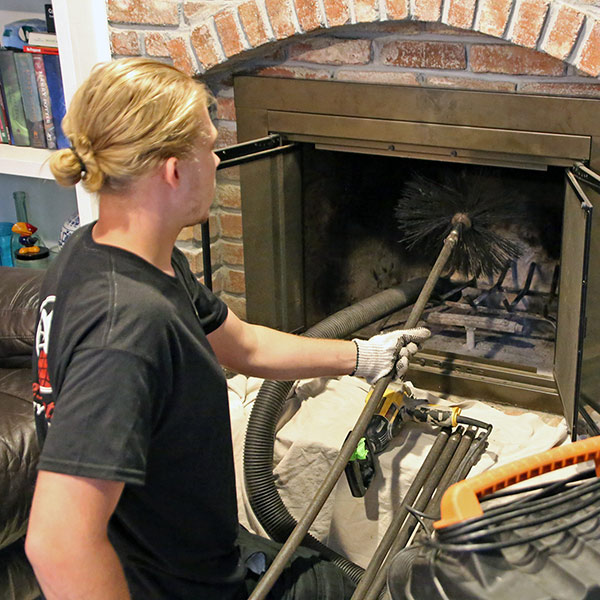 Remove Foul Odors
Remove Foul Odors Creosote and Soot
Creosote and Soot Chimney Crown Damage
Chimney Crown Damage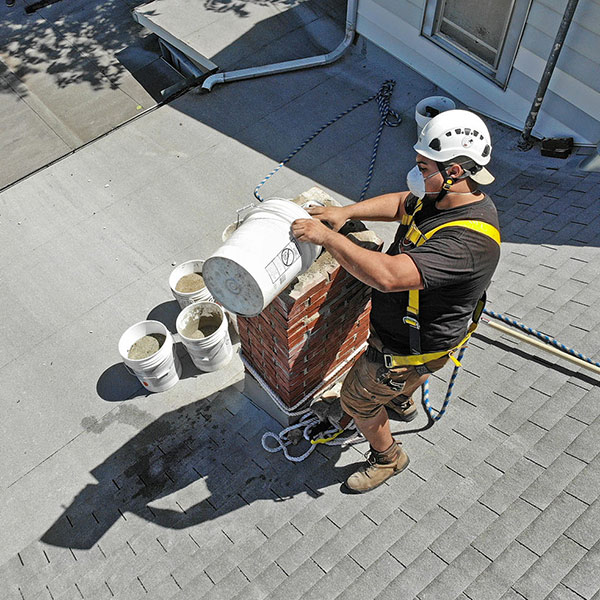 Chimney Masonry Damage
Chimney Masonry Damage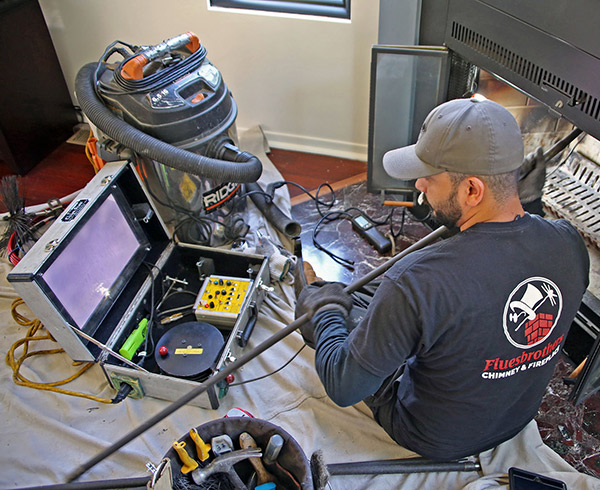 Schedule a Chimney Inspection
Schedule a Chimney Inspection We hope you and your family are and healthy and finding ways to enjoy each other and your homes. We have been very busy with chimney and water leakage and want to share with you what to you need to know about water leakage and chimneys.
We hope you and your family are and healthy and finding ways to enjoy each other and your homes. We have been very busy with chimney and water leakage and want to share with you what to you need to know about water leakage and chimneys. Why is Moisture Such a Problem?
Why is Moisture Such a Problem? How Can I Tell if My Chimney Has Moisture Damage?
How Can I Tell if My Chimney Has Moisture Damage?